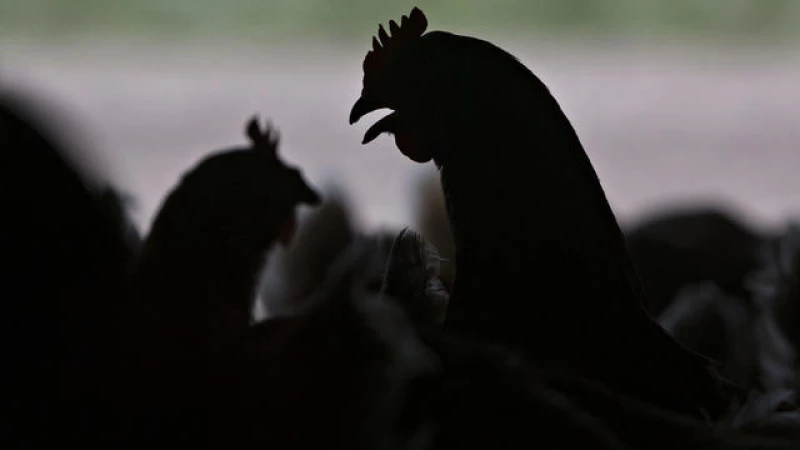A multi-state outbreak of avian influenza, also known as bird flu, is leading to a jump in the price of eggs around the U.S. — an unhappy reminder for consumers that a range of unforeseen developments can trigger inflation.
As of April 24, a dozen large grade A eggs cost an average of $2.99, up nearly 16% from $2.52 in January, according to federal labor data. The price increase comes as nearly 9 million chickens across Michigan, Minnesota, New Mexico and Texas have been discovered to be infected with bird flu in recent weeks, according to the U.S. Department of Agriculture. That is crimping egg supplies, leading to higher prices.
Eggs are a staple grocery item in U.S. households, used for making everything from omelettes at breakfast to fresh pasta and binding a meatloaf for dinner. Egg consumption also has risen in part because more families are eating them as their main protein substitute, said David Anderson, a food economist at Texas A&M University. Rising prices affect millions of consumers, even those who opt for liquid egg yolks in the carton as opposed to solid shells.
"The disruption in egg production can last for up to three months," stated Stevens. "During this time, there is a cost associated with rebuilding the production levels."
Following the deadliest avian flu outbreak in U.S. history in 2022, the price of a dozen large grade A eggs surged to $4.25, causing shortages in certain areas.
The current highly pathogenic avian influenza (HPAI) strain, known as bird flu, was first identified in Michigan in 2022. Reports indicate that Cal-Maine Foods, the largest fresh egg producer in the country, had to cull 1.6 million hens due to infections at their Texas facility.
During the 2014-15 outbreak, the company had to euthanize over 50 million birds, resulting in approximately $3.3 billion in economic damages, as per the USDA.
"While we have experienced some bird loss this year," Anderson commented, "our egg-laying chickens are currently yielding higher egg quantities than before."
Cases of Highly Pathogenic Avian Influenza (HPAI) are emerging at a time when farmers across the United States are striving to increase their flocks of hens to meet the rising demand for eggs among Americans. The demand for eggs typically experiences two significant surges each year - one just before Easter and another during the year-end holidays, as people gear up for baking during Thanksgiving and Christmas.
The country had 313 million egg-laying hens as of April, a decrease from 316 million in the same period last year, as highlighted by Anderson. It will require time to replenish egg supplies as farmers incubate and rear new hens, meaning that production is unlikely to normalize for at least three months, as mentioned by Stevens.
Bird flu is transmitted by free-flying waterfowl such as ducks, geese, and shorebirds, and can infect various poultry species including chickens, turkeys, pheasants, quail, domestic ducks, geese, and guinea fowl. Fortunately, the public health risk associated with bird flu remains low, according to the Centers for Disease Control and Prevention. However, it is still recommended to cook all poultry and eggs to an internal temperature of 165 ˚F as a general food safety precaution.
Furthermore, bird flu is also affecting livestock. In March, a young goat in western Minnesota tested positive for the disease, marking the first such case in the United States. Additionally, milk from dairy cows in Texas and Kansas has recently been found to test positive for bird flu.







